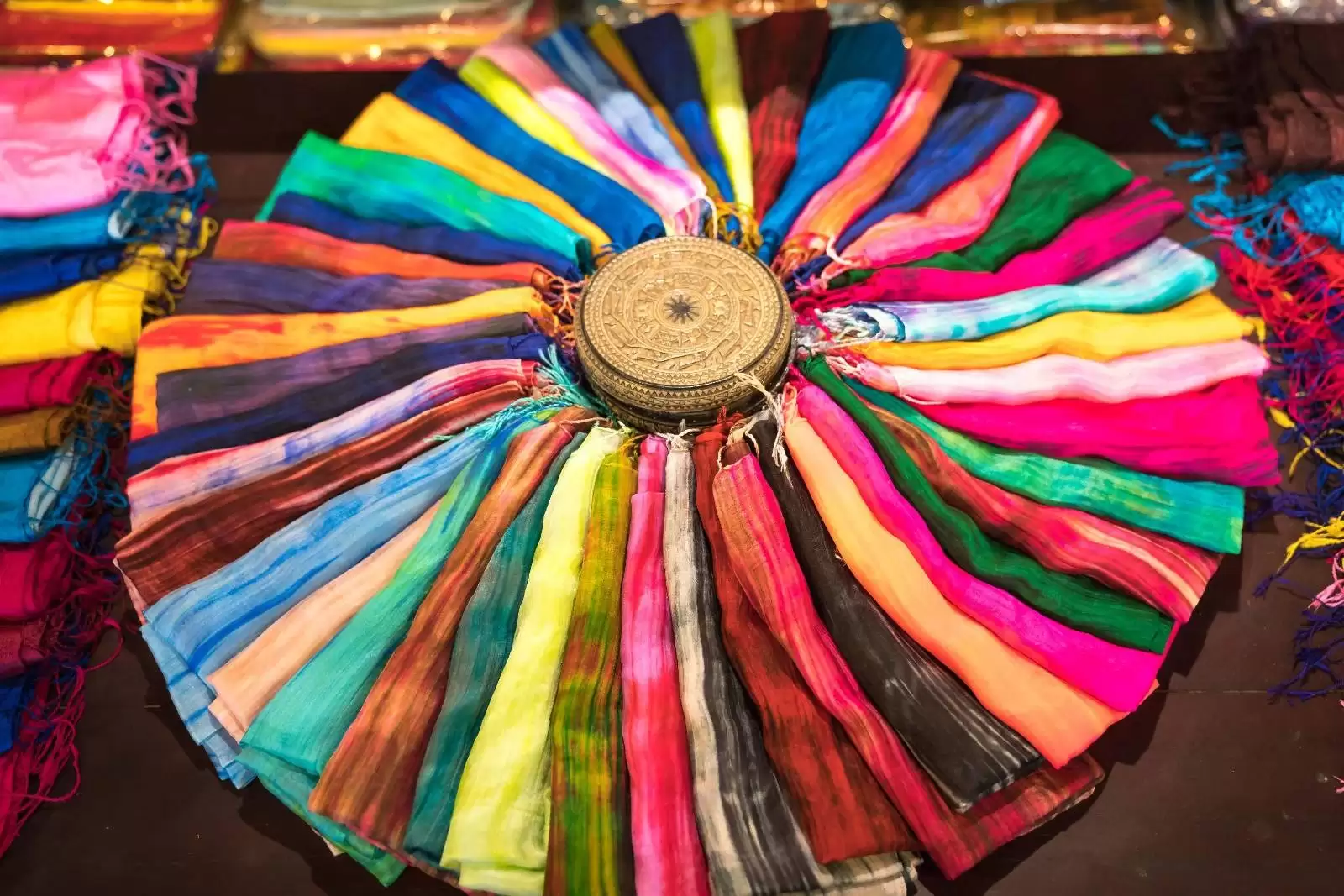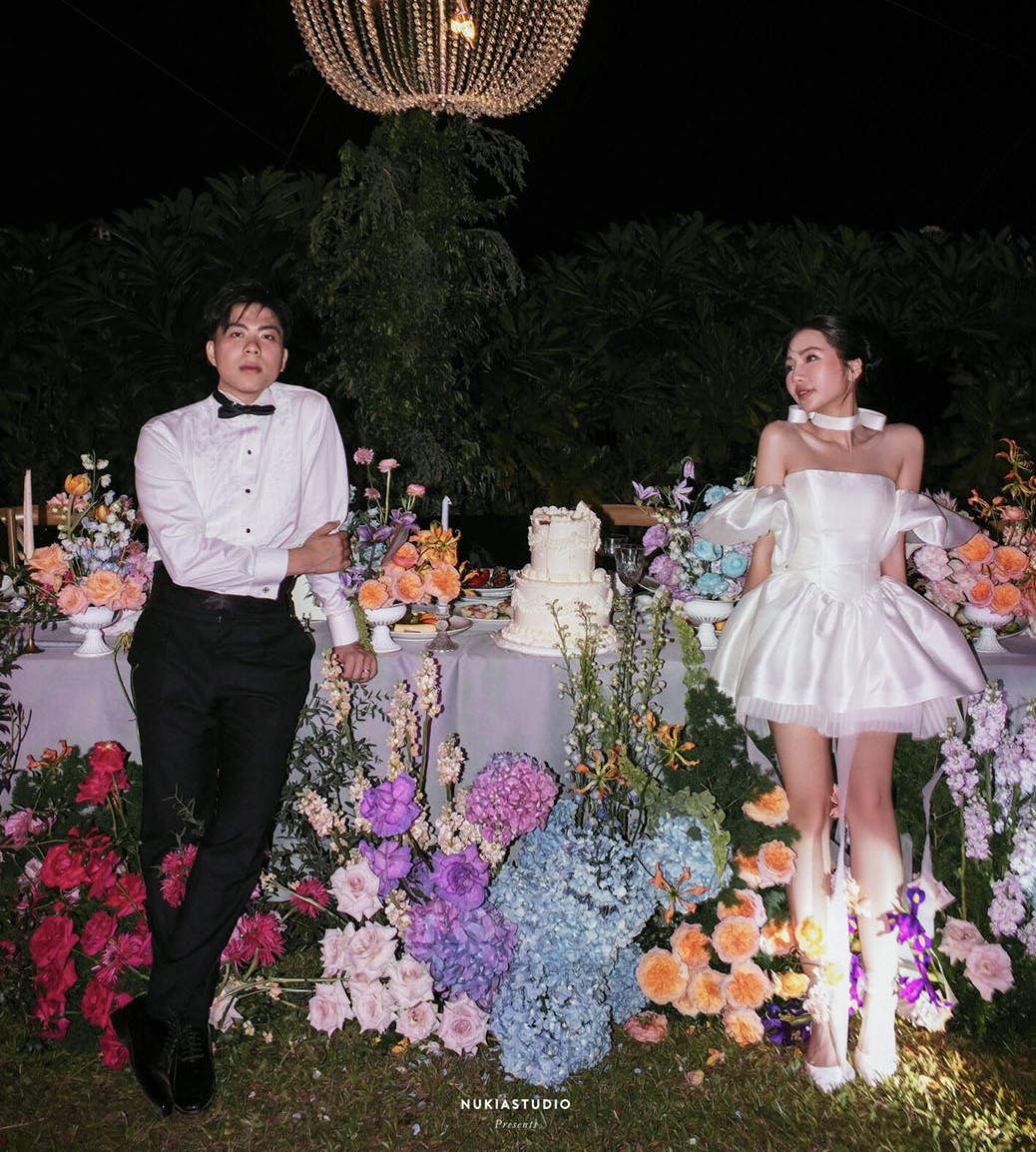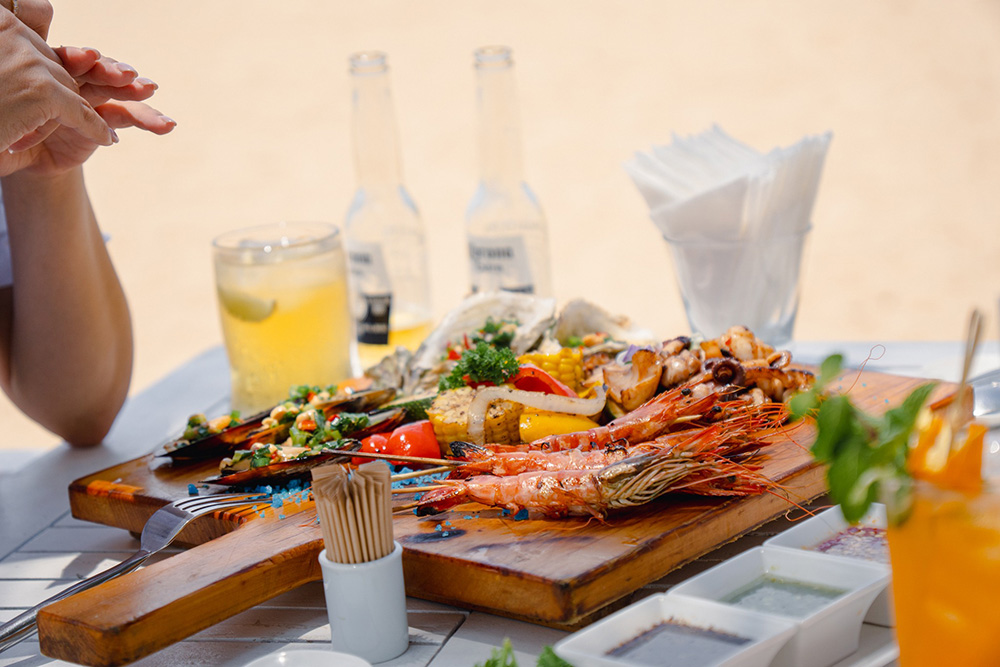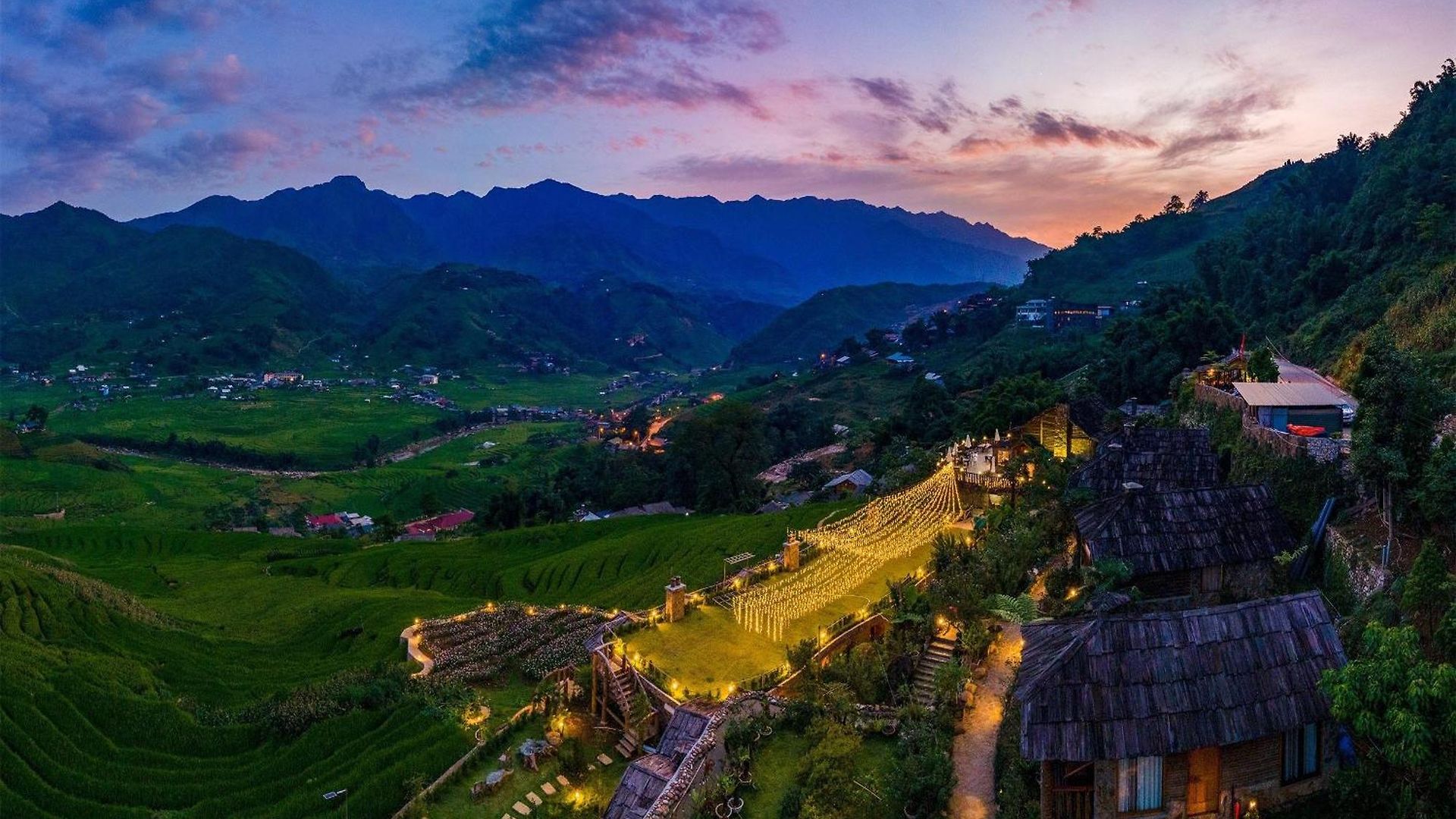Welcome To Mekong Delta
The Mekong Delta, located in southern Vietnam, is a vast and vibrant region known as the “Rice Bowl” of the country. It encompasses a network of rivers, tributaries, and canals that stretch across more than 40,000 square kilometers, making it one of the most fertile and productive regions in Vietnam.
Destination Highlights
- Cai Rang Floating Market:
Experience the vibrant atmosphere of one of the largest floating markets in the Mekong Delta, where boats laden with fruits, vegetables, and other goods converge for trade.
Visitors can visit the cluster of historical sites including the island lord’s house, Phu Hai prison camp, French tiger cage, American tiger cage. Pick-up time at historical sites is 7:30 am – 11:30 am and 2:00 pm – 5:00 pm during the day, including weekends and holidays. You should register or go with a group with an narrator to hear stories at the old prison.
- Vinh Trang Pagoda:
Visit this beautifully crafted Buddhist temple adorned with intricate woodwork, sculptures, and gardens, located near My Tho city.
Dining
- Mekong Delta Cuisine:
Sample local specialties such as fresh seafood, river fish, tropical fruits, coconut-based dishes, and Vietnamese delicacies like banh xeo (crispy pancakes) and hu tieu (noodle soup).
- Riverside Restaurants:
Enjoy authentic Mekong Delta cuisine at riverside restaurants and floating eateries, offering scenic views and fresh, flavorful dishes.
Accommodation
- Homestays:
Experience genuine hospitality and immerse yourself in local culture by staying with Mekong Delta families in traditional homestays, offering comfortable accommodations and homemade meals.
- Riverside Resorts:
Relax in luxurious riverside resorts and eco-lodges nestled amidst the natural beauty of the Mekong Delta, offering stunning views, upscale amenities, and guided tours of the region.
Transportation
- Boat Tours:
Explore the waterways of the Mekong Delta by joining boat tours and cruises, which offer scenic rides along winding rivers, floating markets, and lush countryside.
- Bicycle Rentals:
Rent bicycles to explore towns, villages, and scenic paths at your own pace, allowing you to discover hidden gems and interact with locals along the way.
- Motorbike Rentals:
Rent motorbikes for greater mobility and flexibility in exploring the Mekong Delta’s diverse landscapes, from bustling cities to peaceful rural areas.
- Local Buses and Minivans:
Travel between towns and provinces in the Mekong Delta by utilizing the extensive network of local buses and minivans, which provide affordable transportation options for budget-conscious travelers.










